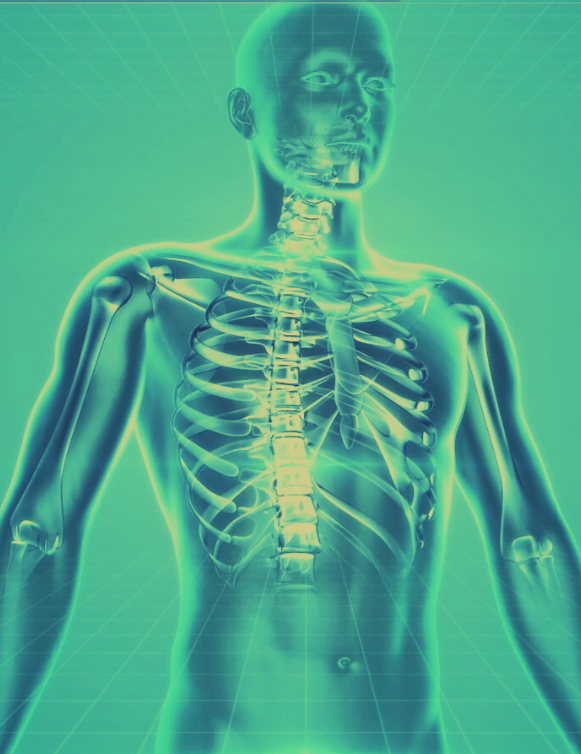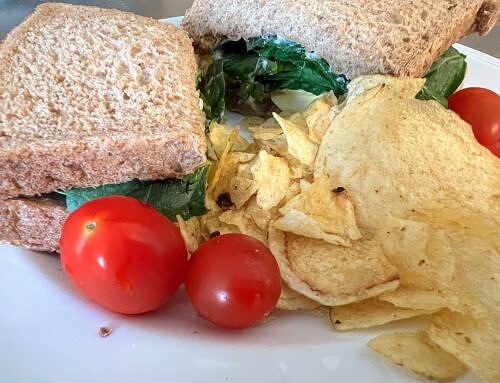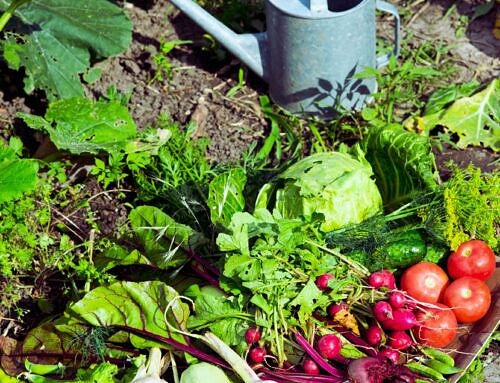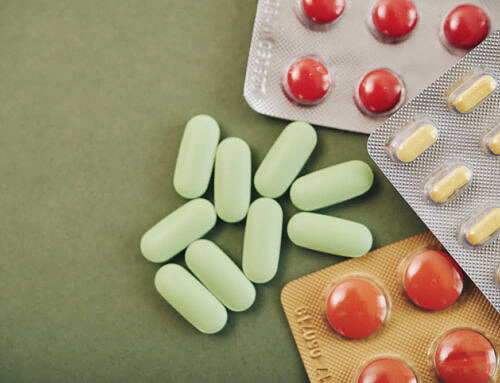
What is collagen?
Collagen is a protein. In fact it is the most abundant form of protein in our bodies. It provides structure to our skin, supports our joints, helps form our bones and muscles, and helps our blood to clot. It can even be found in our teeth and eyes. While there are many different forms of the protein, there are four main forms (imaginatively referred to as Type 1, Type II, Type III and Type IV), each with different roles in the body.
Where we can get it
We actually make collagen in our bodies from procollagen. When we eat protein it is broken down into its amino acids which our body then uses to make new proteins. Therefore, at the risk of being lynched by my peers, this suggests that idea of consuming collagen-rich bone broth may have limited overall benefit. Instead, there are five key nutrients we need to consume to support the procollagen-collagen process:
- Proline. An amino acid found in dairy products, meat, cabbage, bamboo shoots, tofu, asparagus.
- Glycine. An amino acid found in meat, fish and shellfish, peanuts, sesame and pumpkin seeds, beans.
- Lysine. An amino acid found in meat, seafood, dairy products, tofu, pulses and avocados.
- Vitamin C. The well-known vitamin that we find in fruit and vegetables.
- Copper. We don’t want a lot of copper in our diets but a bit is useful. Sources include liver, shellfish, spirulina seaweed, shiitake mushrooms, nuts and seeds, leafy green vegetables.
(These nutrients can be found in other foods too, but there are too many to mention them all!)
We can only find collagen itself in meat and fish.
Unfortunately, as we age we produce less collagen and what we do make may be of a lower quality. This is when we may notice our skin beginning to sag and our joint cartilage begin to weaken. The slow-down begins in early adulthood. For women, their ability to make the protein reduces after menopause with a notable decline after the age of 60 years.
How to protect your collagen
Of course, we can’t stop ourselves getting older, but there are things we can do to help protect our collagen:
- Reduce our intake of sugar and refined carbohydrates (the sugar binds with proteins that then damage nearby proteins and weakens collagen).
- Manage our stress levels.
- Avoid excessive sun exposure – but of course, get some to make sure you get your vitamin D (UV light increases the rate at which the protein breaks down).
- Stop smoking (chemicals in cigarette smoke damage collagen).
- Get sufficient sleep each night.
- Avoid excessive levels of exercise.
There are some autoimmune conditions that may attack this protein, including lupus, scleroderma, temporal arteritis and rheumatoid arthritis. These are known as collagen vascular diseases. There are also hereditary collagen diseases including Ehlers-Danlos syndrome and brittle bone disease.
Commercial products
The science proving the benefits of collagen supplements is limited, with few independent human studies available. With regards to cosmetic creams, these are unlikely to be of benefit as collagen molecules tend to be too big to be absorbed by the skin. Any improvements following use, may well be simply down to the moisturizing properties.
References/Further Reading
- Collagen – Harvard University, TH Chan. https://www.hsph.harvard.edu/nutritionsource/collagen/



